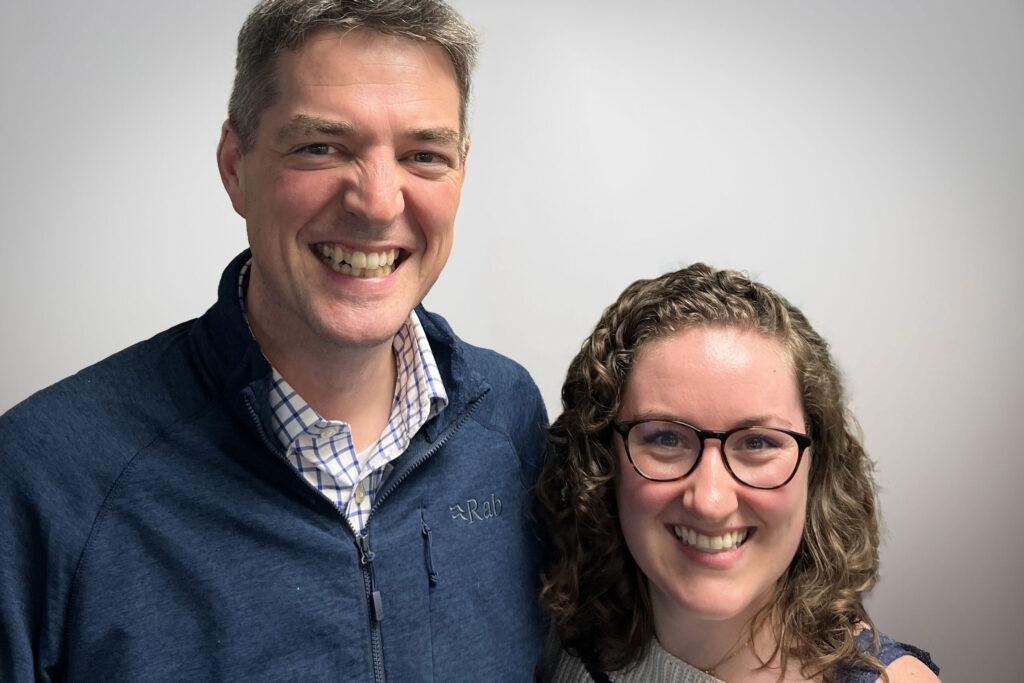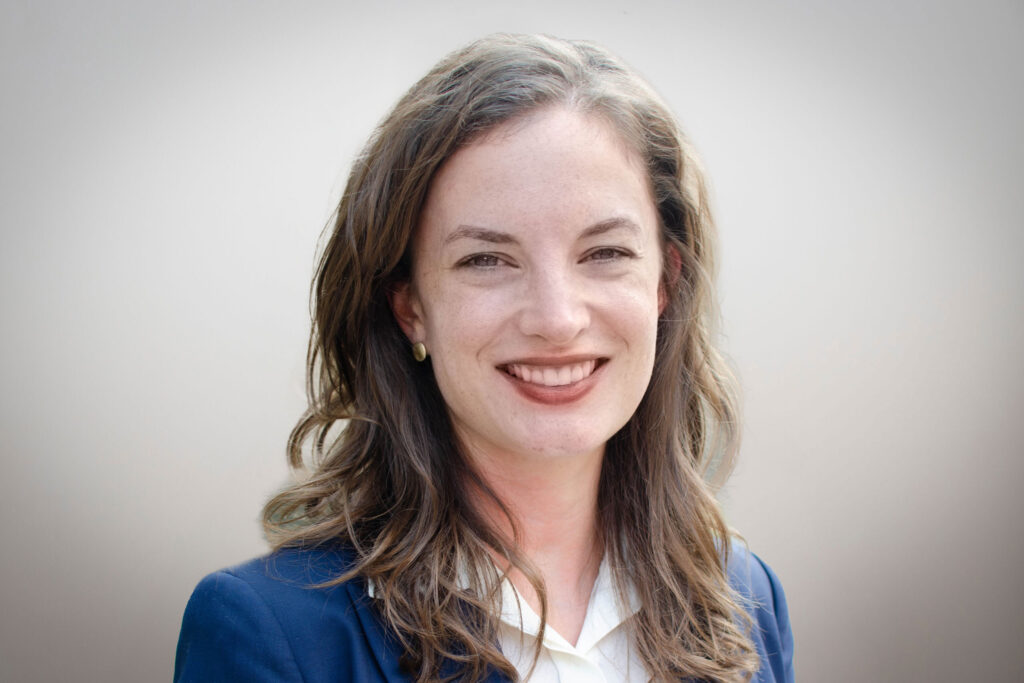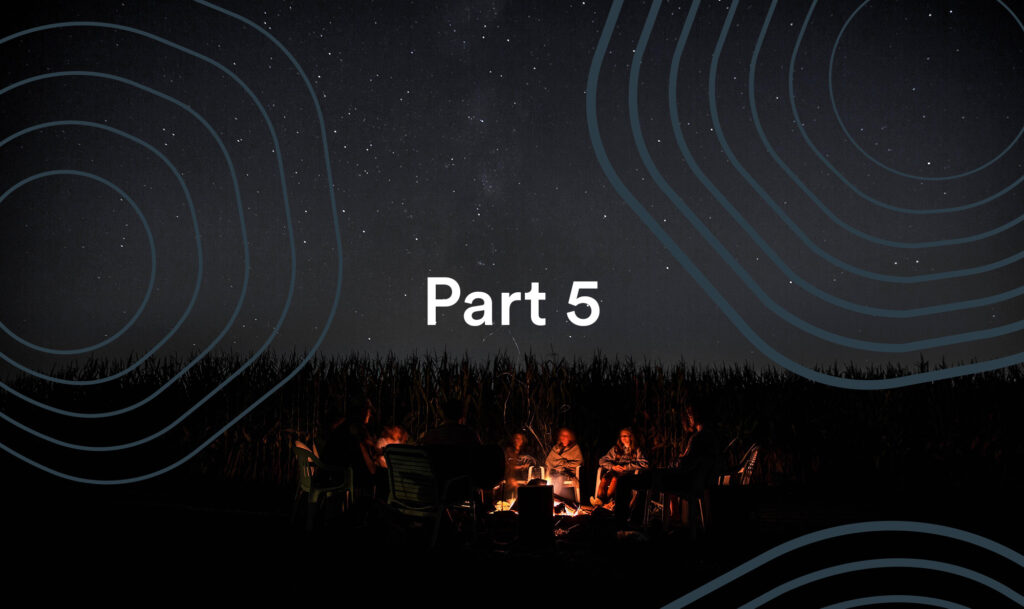One of the recurring themes across several of our clients is the desire to engage with the disempowered or disadvantaged groups that are the subject of their research or policy area. It was a pleasure to speak with Save the Children’s Meg Briody, Head of Child and Youth Participation, and Tom Baker, Director of Politics, Participation and Campaigns, as part of the Getting Policy Unstuck series to find out how they approach this, and what the lessons are for others.
It’s only hard to work with children if you think everyone thinks like an NGO strategist. It’s not that different working with young people than working with adults who aren’t used to talking about this kind of stuff. People think a strategy is something that has to have a very specific type of language, or you have to understand certain theories in order to develop one. A strategy is a plan, and anyone can be involved in planning.
This isn’t a linear process. We have to hold the process lightly so that children can participate in it, rather than wanting them to contribute like adults. So rather than ‘we’re doing one meeting and then we’re going to do this brainstorm’, be open to children wanting to ask you a bunch of random questions – that’s fine and you should go there. The challenge is giving ourselves the permission to take the time to really listen and understand what children want to talk about, to let ourselves go on tangents and end up in different places. Rather than the challenge being about ‘How do we get children to engage?’, it’s about how you get adults to.
The question I’d always ask is what will be different as a result of children’s input? If people can’t tell me that something will change, you shouldn’t be talking to children because you’re not actually interested in what they’re going to say.
Get policy insights into your inbox
NewsletterFor our Generation Hope campaign on the climate crisis and economic inequality, we ran a series of children’s hearings and listening exercises: focus groups, surveys, to better understand what children were thinking about these issues. The Youth Advisory Board played a leading role in developing the questions we were using, what the approach was going to be, which children we should be talking to, and how we should be approaching those children. They took the report on the results of the hearings and decided what resonated with them, and made their own decisions about how to share that – through videos, events and more. It was really exciting to see their footprint all the way through, from the strategic level through to when we were developing physical materials and talking about design decisions.
We thought ‘Okay, we can do this as quickly with children as we can with staff.’ But of course you can’t. There’s additional value in slowing down because you get a real richness in terms of challenging a lot of the policy baggage that you often bring. We get really obsessed with the importance of this global process or that particular event – it’s really important to us as changemakers. It’s very useful to be reminded when you work with young people that those moments don’t matter to most people… they really don’t care. Once you get over that, it is liberating.
We should be honest: Save the Children is on a journey, we’re on the ladder. At the bottom of the ladder is a very extractive process, which is basically: ‘we’ve got something we want to say but we think children will be a better voice to say it.’ And let’s be honest, there are times in our history where we have found young people to go and do a thing for us, but we’ve really not engaged those people in understanding the thing we’re asking them to do. At the other end of the ladder, you have organisations who are handing over decision making to children and young people, and the job of adults is to support that. We’re somewhere on that journey – we’re not in the place where we are giving over our policymaking agenda to children, but we are trying to do more of it.
A big part of it is how we set the mandate for the group. So when a group of young people is forming we talk to them from the first meeting about their collective responsibilities: how they listen to each other, how they can constructively challenge each other and staff members. We encourage the group to set their own approach. They write their own code of conduct on how they’re going to treat each other – it’s not something that we should be writing for them, it’s something that we should be supporting them to create by themselves.
Probably the hardest conversation that I’ve had with our Youth Advisory Board was when we talked to them about the submission that we were making to the Covid inquiry. We had brought the virtually-done report to the Advisory Board to get their thoughts on it, and there were so many things that they were unhappy with. They felt that their experiences of lockdowns and of what it was like to not go to school for long periods of time or to feel scared about going to school weren’t being truthfully represented. It was really jarring because that was obviously not at all the intention of the people writing the report. We had an extensive series of meetings: we brought in the report writers and the director who was leading that work to come and meet the Advisory Board and they ended up rewriting huge chunks of it and reframing it. Although the core recommendations ended up staying roughly similar, all of the language around them was different so that they felt that this was an honest reflection of their experience.
It’s a reminder for all of us involved in change making that it’s important we spend time with those we’re trying to work with. We should be more deliberate in spending time with children, volunteers, youth activists, whatever the groups are. It gives you a much richer insight into the work you’re doing and just grounds you a lot more. What makes people tick is an important part of the changemaker’s approach, and the moment you stop doing that you can lose sight of what really matters.
Parting thoughts…
You need to convince people internally of the moral argument for working with disempowered groups. When you open with a logistical argument, or an operational argument, or a reputational one, you can get reasonably far. But that moral argument should be your driving force because all the rest of it can slip away when things get hard, and when you are up against extended time frames – however long you think working with children is going to take, double it and then double it again – and people start to think it’d be easier if we didn’t do it. People need to understand that this is a non-negotiable part of doing human rights work, and it shouldn’t be something that you see as an add-on.
Sign up to our newsletter to get insights from other policy thinkers and campaigners like Meg and Tom into your inbox every week or two.





